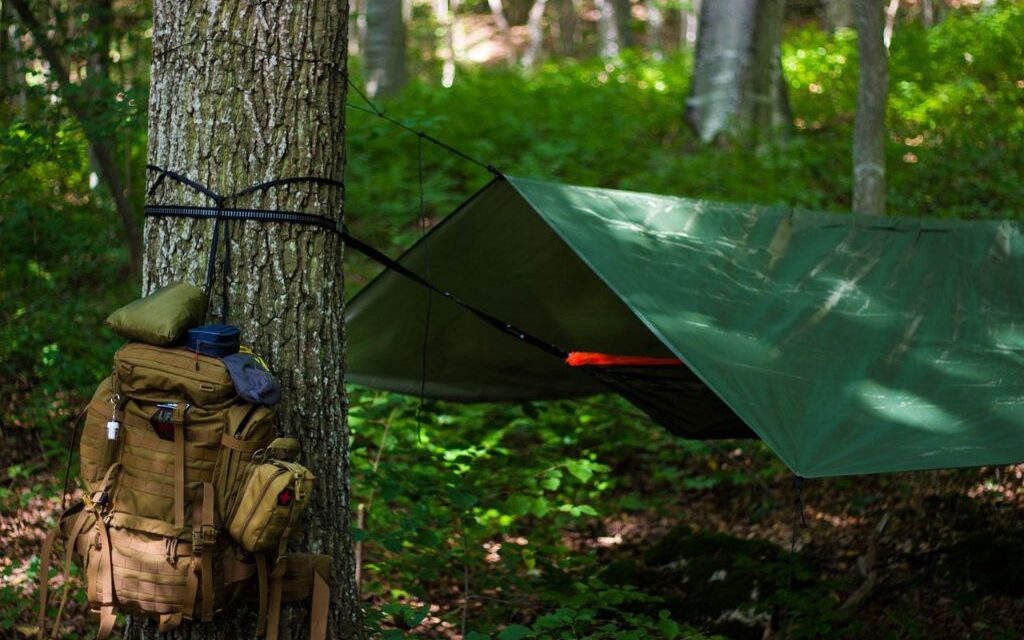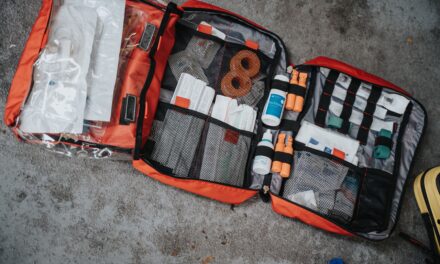Introduction: The Importance of Being Equipped for Survival
Survival is not just a skill; it’s an art, combining knowledge, experience, and the right set of tools. In this comprehensive guide, we delve into the world of survival essentials, shedding light on the critical gear that can mean the difference between thriving and merely surviving in challenging situations. Whether you’re a seasoned outdoors person, an emergency preparedness enthusiast, or someone starting their journey into survivalism, understanding the essential gear is key.
The concept of survival essentials extends beyond stocking up on random gear; it involves carefully selecting items that offer functionality, reliability, and versatility. This article aims to provide an in-depth look at the essential survival gear, backed by expert insights and practical experience. From basic necessities to innovative gadgets, we cover the spectrum of tools that should form the backbone of any effective survival kit.
Our focus is to guide you through the process of equipping yourself for a variety of scenarios, from wilderness adventures to urban survival situations. We will examine each piece of essential gear, explaining its importance, ideal use, and factors to consider when making your selection. By the end of this guide, you will have a thorough understanding of the survival essentials necessary to navigate through unforeseen challenges with confidence and preparedness.
Detailed Exploration of Survival Essentials
Key Survival Gear and Its Importance
The foundation of any survival situation lies in a well-thought-out selection of gear. Let’s dive into these essentials:
- Water Filtration System: Access to clean water is a priority. Portable water filters or purification tablets can be life-saving.
- Shelter Equipment: A compact, weather-resistant tent, tarp, or emergency bivy sack is vital for protection against the elements.
- Fire-Making Tools: Reliable items like waterproof matches, a flint striker, or a firesteel are essential for warmth and cooking.
Tools for Navigation and Communication
Staying oriented and connected are key survival aspects:
- Navigation Tools: A combination of GPS devices and traditional compasses ensures you can always find your way.
- Communication Devices: In areas beyond cell coverage, satellite phones or a two-way radio can be critical for calling for help.
Emergency Food and Hunting Supplies
Sustaining yourself in survival situations involves both preparation and skill:
- Emergency Food Rations: High-calorie, long-lasting food packs are crucial for maintaining energy levels.
- Hunting and Fishing Tools: Compact fishing gear, snares, and a good quality survival knife can aid in procuring fresh food.
First Aid and Health Management
A robust first aid kit is non-negotiable for handling medical emergencies:
- Comprehensive First Aid Kit: Include bandages, antiseptics, pain relievers, and necessary personal medications.
- Sun Protection and Insect Repellent: Protect yourself from environmental hazards with sunscreen, hats, and insect repellent.
Additional Essential Gear
Beyond the basics, here are some additional items to consider:
- Multi-Functional Tools: A high-quality multi-tool can perform numerous tasks efficiently.
- Durable Clothing and Footwear: Suitable attire is crucial for protection against different weather conditions.
- Portable Lighting: Headlamps, flashlights, and extra batteries are essential for visibility in low-light conditions.
In the final section, we’ll summarize the key takeaways and provide insights on how to effectively assemble and utilize your survival essentials.
Summary and Essential Takeaways: Optimizing Your Survival Gear
Consolidating Your Survival Essentials
Our in-depth exploration of survival essentials equips you with the knowledge to prepare effectively for any unforeseen situation. Let’s recap the key components:
- Water and Shelter: Prioritize a reliable water filtration system and sturdy shelter equipment to ensure your basic survival needs are met.
- Fire and Nutrition: Fire-making tools are vital for warmth and cooking, complemented by emergency food rations and hunting supplies.
- Navigation and Communication: Equip yourself with both modern and traditional navigation tools, along with communication devices for emergencies.
- First Aid and Health: A well-stocked first aid kit and protective measures against environmental hazards are crucial for your health and safety.
- Tools and Attire: A multi-functional tool, durable clothing, and footwear are essential for handling various survival tasks and conditions.
- Lighting: Ensure you have reliable lighting sources like headlamps or flashlights, along with extra batteries.
Implementing Survival Gear in Real-Life Scenarios
Having the right survival gear is just the beginning. Here’s how to ensure you are fully prepared:
- Regular Review and Maintenance: Keep your survival gear in top condition and update it as needed. Replace expired items and stay informed about new survival technologies.
- Familiarization and Practice: Regularly practice using your gear. Familiarity can make a significant difference in an emergency situation.
- Adapt to Specific Environments: Tailor your survival kit based on the specific environment and nature of your adventure or potential emergency scenarios.
- Continuous Learning: Keep abreast of the latest developments in survival techniques and gear. Engage with resources and communities that focus on survival training and preparedness.
In summary, a comprehensive and well-maintained set of survival essentials is crucial in preparing for the unexpected. By carefully selecting and familiarizing yourself with each piece of equipment, you significantly enhance your ability to navigate and manage challenging situations, ensuring safety and resilience no matter what you face.








